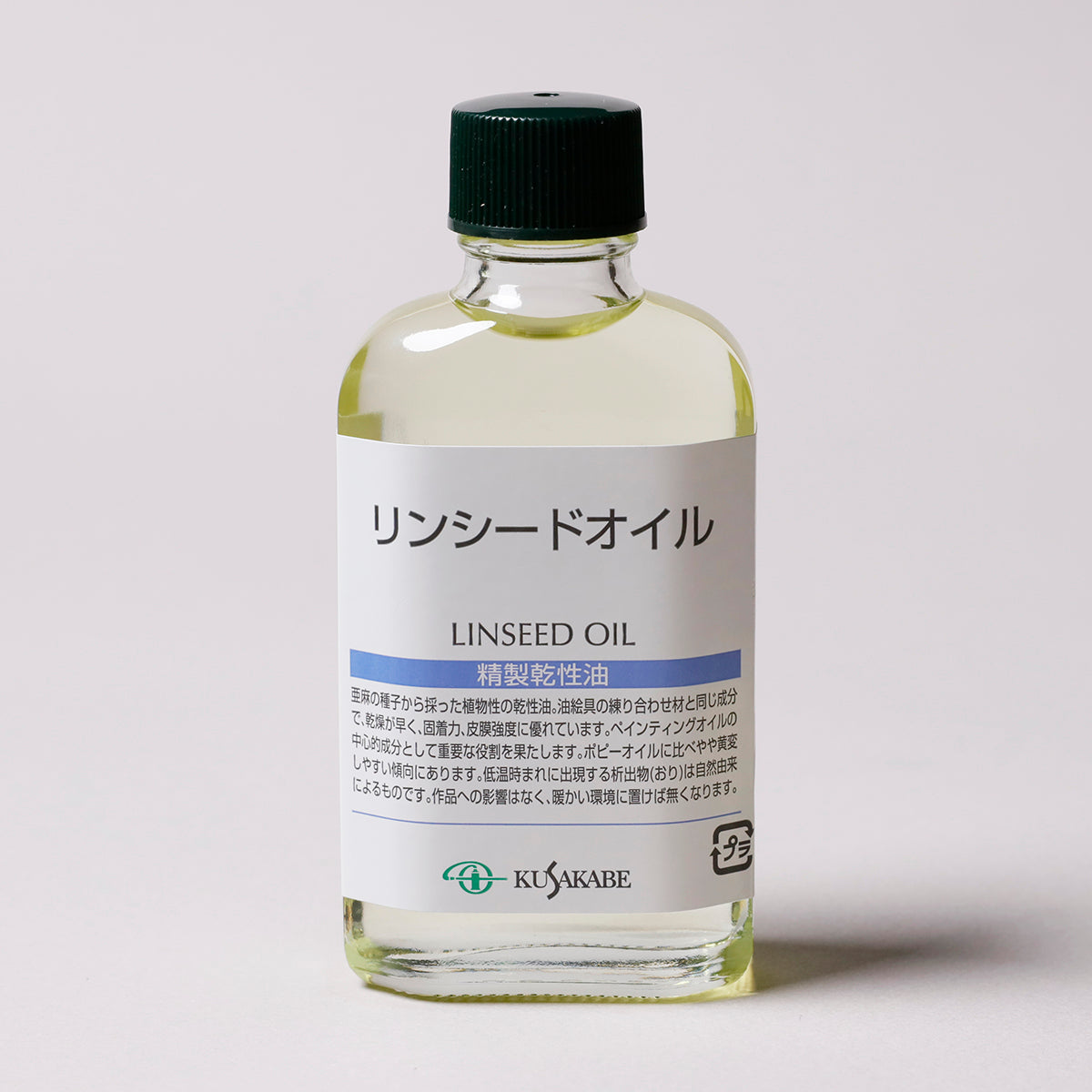At PIGMENT TOKYO, we carry a wide variety of painting materials.
In particular, the pigment colors appearing as the main visual of the store can be mixed with many kinds of mediums as you prefer, regardless of the genre such as Japanese painting, watercolor, and oil painting.
We have been introducing how to make watercolors and acrylics on our website so far.
In this article, I would like to recommend items and mediums which are perfect for making oil colors.
First of all, these are the items I am going to use.
To knead the pigment and medium together perfectly, it is important to use the weight of the muller and keep a constant pressure on it.
Marble slabs are also used for baking sweets, as they do not warm up easily and have low thermal conductivity.Temperature control is essential in making paints.
In the same way that temperature is essential in making meringues, making paints must be processed in a controlled temperature environment, because their condition can easily change when the room temperature increases even just a little.
In addition, its weight helps reduce unstableness of kneading harder paints.
If this is your first time making paints and it is difficult to get all these tools, you can use a paper palette and a palette knife instead.
An oil medium I recommend for mixing with pigments is this!
Unlike water-based paints, the amount of oil medium required for making durable oil paints varies greatly depending on the pigments used.
Therefore, if you are using the color for the first time, you need to make adjustments with the ratio...
The ratio of the amount of oil by weight needed to form a stiff but spreadable paste from a known quantity of pigment is defined as”oil absorption rate.
Some of you may think, "Since oil is the medium for oil paints, why can’t we just mix linseed oil? "
It is actually possible to create oil paints by kneading pigments and oil painting mediums such as linseed oil.
However, a secret is hidden in this KUSAKABE's Oil Color Medium which makes it easier to knead the paint.
Firstly, safflower oil is used as a main ingredient.
This oil is extracted from safflower seeds, and although it dries slower than linseed oil, it turns less yellow and can be used for mainly white colors and light blue colors.
Secondly, stearic acid is added to it.
This ingredient may sound unfamiliar, but it is essential for making good quality paints. It is extracted from coconut trees and has a solid form at room temperature.
The addition of stearic acid makes the paint stronger and less likely to separate from the pigments. (*Please note that we do not sell stearic acid alone.)
An extender pigment is another additive to change the color and the texture of the paints.
At first glance, this looks like a white pigment, but when mixed with mediums, it becomes translucent.
Adding this will slightly change the color of the pigments and improve the stability of the paint.
We carry extender pigments called Calcium Carbonate, Alumina White, Barium Sulfate, and so on.
It is also possible to mix extenders into oil paint tubes to create a thicker painting expression. However, we do not recommend adding large quantities of extenders, as they may cause preservation and light resistance problems.
Experimenting with etude (study work) is always recommended.
Now let's knead the paints.
Firstly, knead a pigment you like and the Oil Color Medium together with a painting knife.
If the mixture is too stiff and difficult to knead, add more of the medium.
In case you are using the extender, mix it at this point.

Then, knead the paint in a figure-eight motion until it becomes glossy and smooth. The more you knead it, the more evenly the medium will coat the pigment particles and the more vivid, and smooth the paint will be.

It is probably interesting to try making your original oil paints using mineral pigments that are not available in tube paints or effect pigments.
However, since the particle size of mineral pigments varies, use the finest called Byaku if you want a smooth texture close to the tube paints.

We also hold a watercolor-making workshop called "Creating Original Paints" regularly, and you will be able to practice the use of the marble slab and the glass muller.
PIGMENT TOKYO WORKSHOPS








